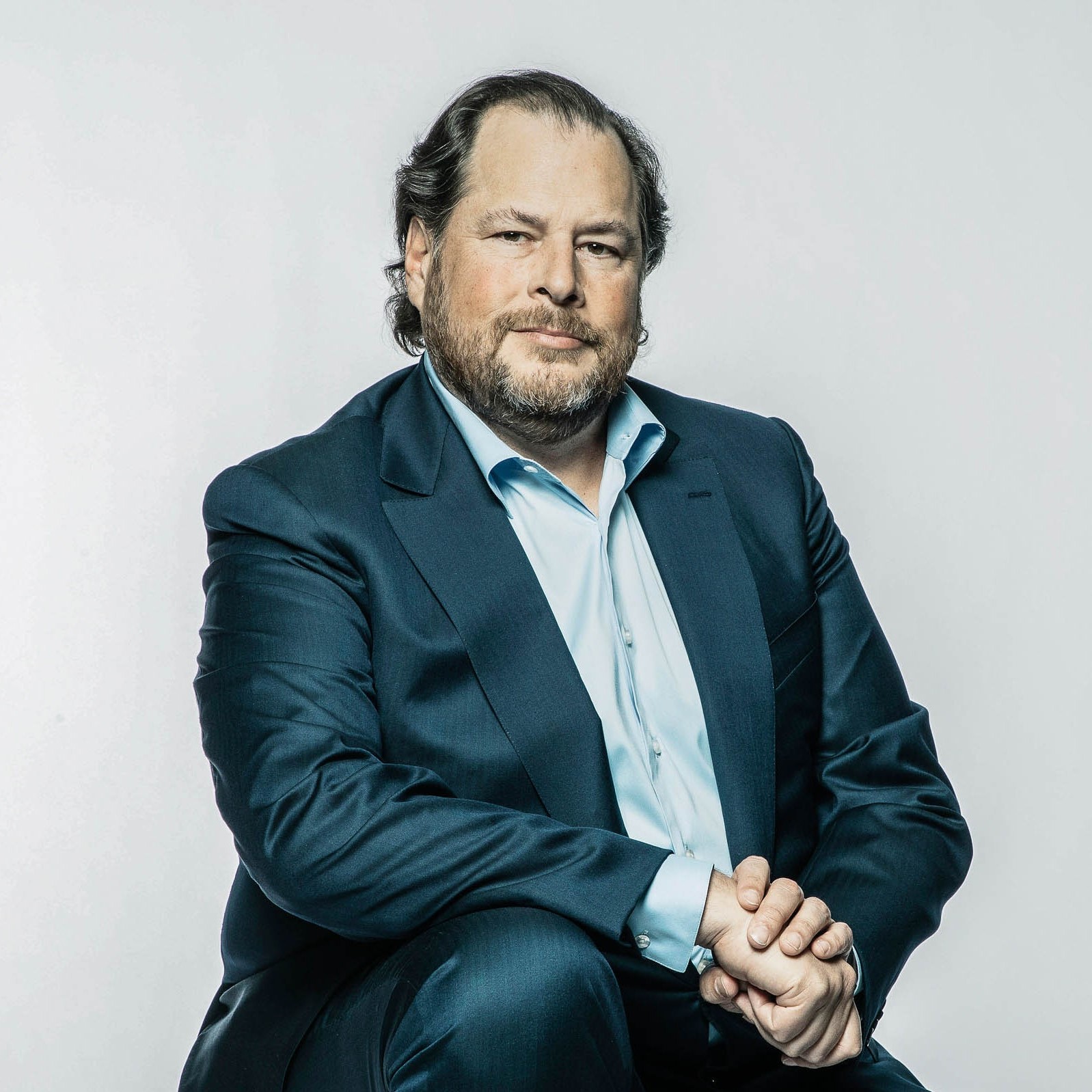You can sum up 2023 in two words: Generative AI. There wasn't an enterprise that hasn't been affected by generative AI even though many efforts remain in the pilot stage. The year will go down as one of innovation, large language models, efficiency, productivity and some odd plot twists (yes, we're talking about you OpenAI).
Technology vendors named in this year's Enterprise Awards have shown agility, resilience and the ability to play a long game with customers. The Constellation Research team debated, horse traded and bickered (like all families do) to pick this year's 2023 Constellation Enterprise Award Winners. Enjoy.
BEST ENTERPRISE SOFTWARE VENDOR
This category recognizes the enterprise software vendor who improved their customer relevance, market share, customer satisfaction, and brand standing.
WINNER: MICROSOFT
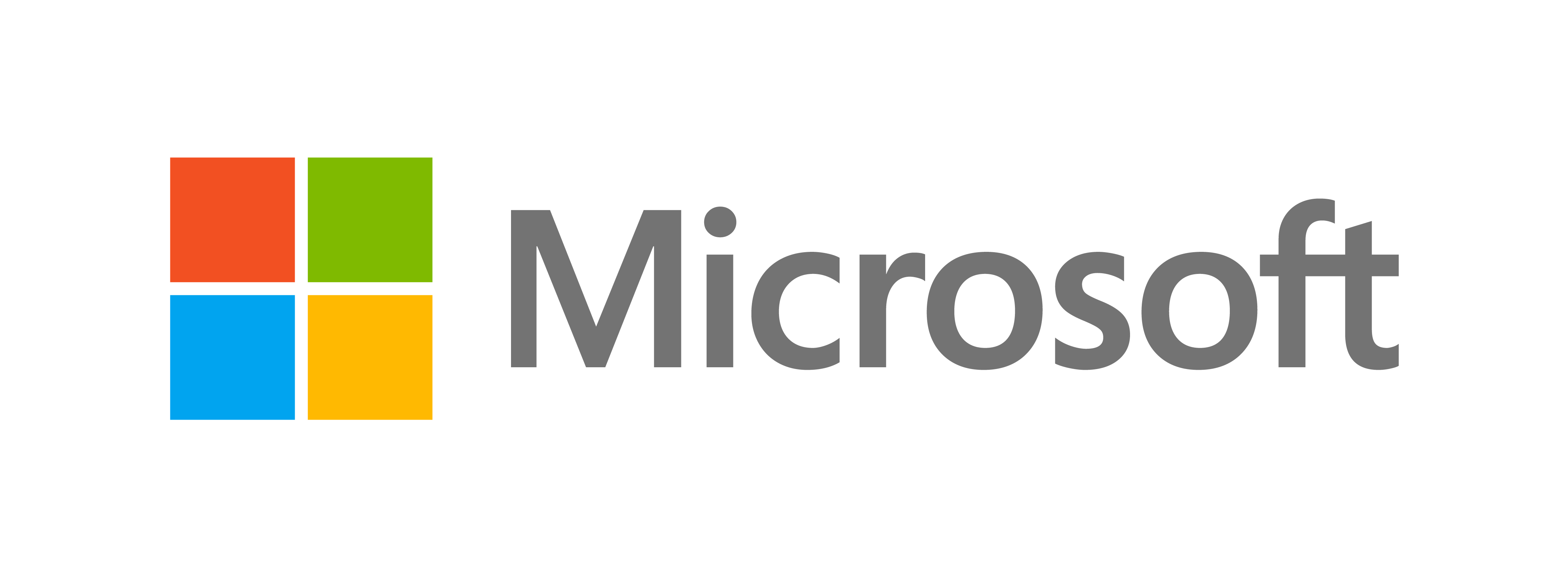
2023 could have been a terrible year for Microsoft if you let the Microsoft365 service outage in January 2023 be the leading indicator of the year to come. Then came the explosive rise of generative AI thanks to OpenAI, which innocently enough captured our collective imagination with the skills of ChatGPT and the GPT3.5 models. By summer, Microsoft had made a massive investment in an existing partnership with OpenAI in what equated to a large, concentrated bet. Overnight, Microsoft seemingly went from worst to first in the AI race with an eagle eye on how many workloads could move to Azure. From there, Microsoft launched a copilot strategy has not missed a beat, curveball or push by a competitor.
The Copilot strategy brings AI into all substrates of work, forcing category realignments across technology. From the way developers write code with GitHub Copilot to Copilot Sales (changing how sellers sell in the channels and places they already like to work like Word and Outlook) to Copilot Service that has the potential to reshape the largely commoditized contact center. Constellation Research’s analysts agree that no matter the industry, Microsoft is actively changing the ground rules with copilots and the cloud to handle the workloads. Microsoft is also leveraging its massive developer ecosystem with Copilot Studio.
CEO Satya Nadella has been giving a master class in focused strategy, noting in the recent Microsoft Ignite event that the company has been more aligned on Copilots and the opportunity of generative AI than ever. Nadella even lent a leadership hand when the OpenAI melodrama spilled out of the board room. The big question is whether Microsoft’s momentum and alignment can be maintained.
RUNNERS UP: DATABRICKS
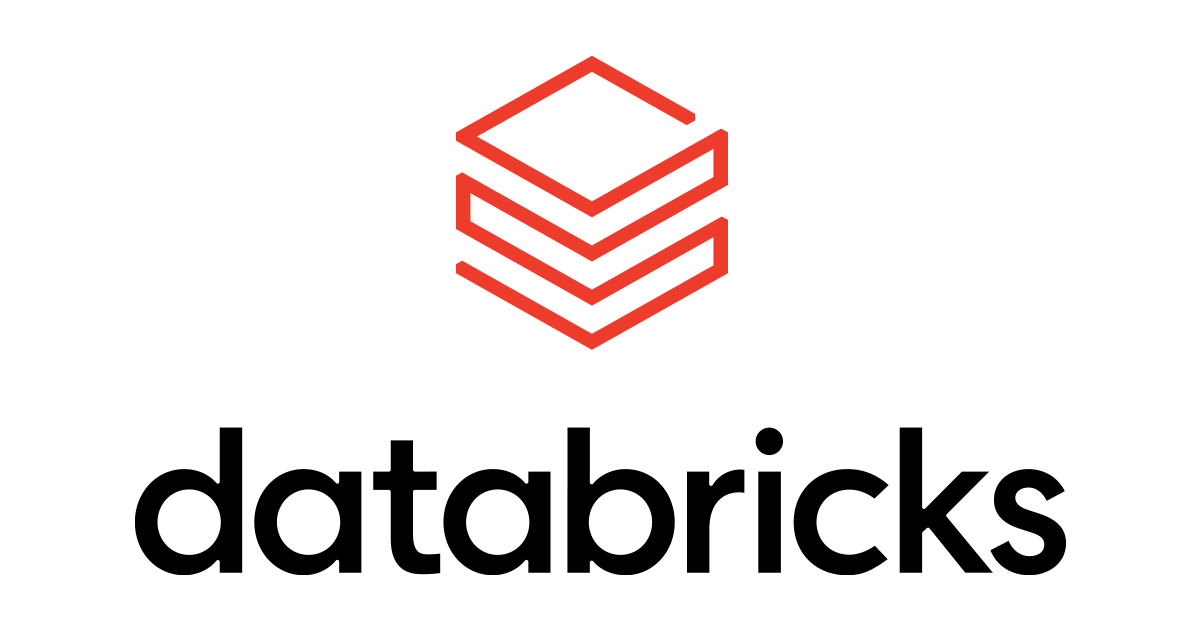
Why were they recognized?
Databricks was in the right place at the right time for advancing gen AI and AI in general in 2023. Since its founding in 2013, Databrick’s forward-looking vision to build a multi-cloud platform for data engineering, data science, and, in most recently, adding BI and analytics, has proven prescient. In 2023 it was ready to highlight real customers doing real AI and Gen AI while others were talking about adding features in preview. It also pulled off some nice acquisitions in 2023, including Mosaic ML and Arcion to advance its model-building and low-latency capabilities.
RUNNERS UP: ADOBE
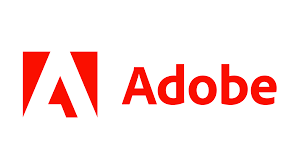
Why were they recognized?
Adobe’s Firefly suite of generative AI models continue to expand across text, image and video with no slowdown in momentum, putting mind-boggling creative capacity into the hands of already talented creators. These AI models are purposely generating commercially ready content with as much of an eye to protect originating artists and creators (of the human variety) as it does to protect businesses from using potentially copyright infringing AI creations/copies. The Firefly models are leaps and bounds better than other gen AI models, which is impressive when you see the output from stable diffusion models from teams at OpenAI, Midjourney or Stability.ai. The introduction of Firefly Model 2 only upped the ante. By year’s end, Adobe has made it clear they are continuing to push the boundaries of generative AI as a copilot for every creator.
BEST CEO
This category recognizes the best enterprise CEO. Enough said.
WINNER: SHANTANU NARAYEN, ADOBE
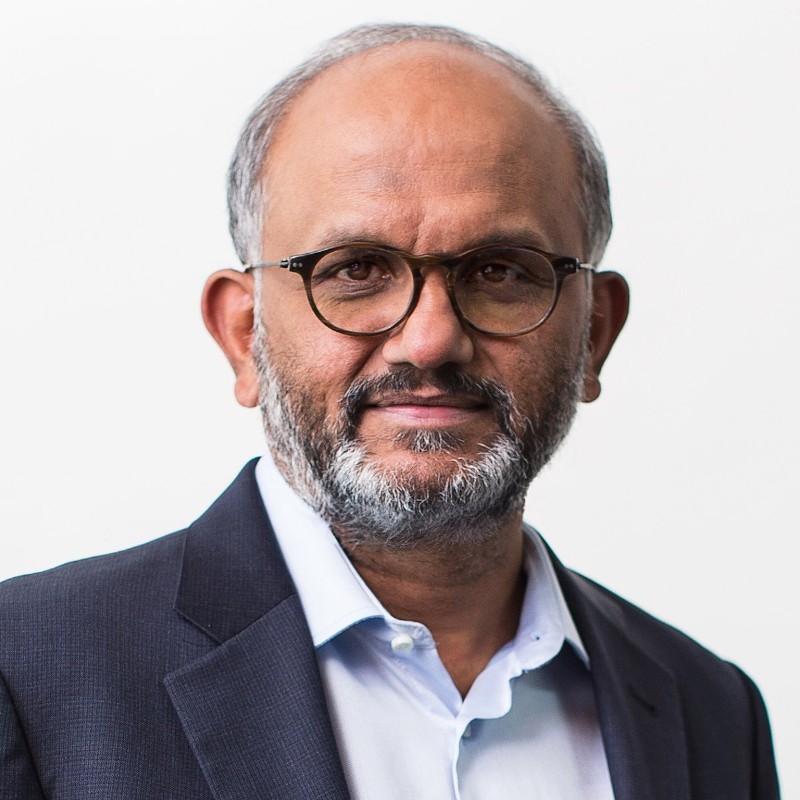
Why did they win?
In short, Narayen wins because consistent innovation matters. Adobe is not the biggest company in enterprise technology, but it isn’t the smallest either. Not only is Adobe on a revenue streak with impressive growth year over year (2019 +24%, 2020 +16%, 2021 +23%, 2022 +10%, and 2023 is also shaping up to be a double-digit growth year), the creative and customer experience giant is highly profitable. With a low debt to equity ratio and net profit margins (as of August 2023) of 27.11%, the 41-year-old company continues to perform and deliver. That was especially true in 2023. Under Narayen’s leadership, Adobe consolidated its decade’s long investments into automation, machine learning and artificial intelligence that had been packaged into their AI layer known as Sensei and injected significant resources and investment into generative AI innovation to deliver a new suite of models collectively known as Adobe Firefly.
Rather than rushing out any generative AI offering, Narayan focused the organization to address key concerns of the market, namely the safety, reliability, usability and commercial viability of content generated by AI. The Adobe Firefly models, now with updated releases with Image Model 2 and additional capabilities in generative fill, generative recolor and even 3D to image, Adobe has made it clear that generative AI should be accessible to all creators, offering a free publicly available solution along with a Premium plan that is $4.99/month.
The innovations in AI might get other CEOs onto this list, but what helped set Narayen apart is that this consistent drive to deliver innovations that matter to Adobe customers didn’t stop with Firefly. Narayen continues to push and challenge his leadership team to update their milestones and goals, encouraging the teams to constantly push boundaries and test market norms, while always respecting and celebrating the customer — very specifically all of the creators, marketers, sellers and experience leaders that rely on Adobe solutions to run and drive growth for their businesses.
Narayen continues to be a calm, steady, strategic leader driving Adobe into a new era of AI and wild creativity. He celebrates the foundation on which Adobe was built while charting a course for the future where Adobe remains a critical engine in an experience economy that will connect the personalized ambient experiences customers expect with the bursts of wild creativity and engagement that amplify differentiation.
RUNNERS UP: MARC BENIOFF, SALESFORCE
Why were they recognized?
Not even the threat of activist investors could stop Salesforce’s larger than life leader. What could have paralyzed others actually motivated Benioff to hear the call for austerity as Salesforce cut costs, slashed redundancies and focused time, talent and investments. He brought back familiar faces to shore up leadership roles and tripled-down on AI investments, shifting Salesforce from being a CRM company powered by AI and ML into Salesforce being an AI company rethinking customer-critical business functions. Salesforce even pulled off a price increase across its clouds. It is worth noting that throughout it all--the pressure, the shifts, the change and the challenges--Benioff has done it with that true Benioff style of cheeky humor and unfettered optimism that allows him to believe Salesforce will change the world for the better.
RUNNERS UP: JENSEN HUANG, NVIDIA

Why were they recognized?
This was the year of the GPU and AI and Nvidia’s CEO, Jensen Huang, has been the driving force behind the AI revolution. Huang was a contender for Best CEO of 2023 with a 220% increase in share price for 2023 to be among the S&P 500 leaders. Jensen is the face of AI infrastructure and has never seen a press event he didn’t love. He has been everywhere this year and very few mature companies double sales in three quarters. Huang has a knack for long-term thinking and riding innovation waves such as AI factories. It’s safe to say that generative AI is his largest wave and he’s riding it even as other themes such metaverse, gaming, autonomous vehicles, and other bets faded from 2022.
RUNNERS UP: MELANIE PERKINS, CANVA

Why were they recognized?
Melanie Perkins, co-founder and CEO of online design platform, Canva, exemplifies exceptional leadership and innovation in the tech industry, making her a standout candidate for distinguished recognition. Under her leadership, Canva has skyrocketed from a start-up idea first nurtured from her mother's living room to an industry behemoth valued at $40 billion, now boasting over $1 billion in annual revenue. Her visionary approach has not only revolutionized graphic design accessibility, making it user-friendly and widely accessible, but also created a company culture that prioritizes employee welfare and environmental sustainability. Canva has evolved into a global platform that democratizes design. Her impact extends beyond Canva's enviable financial growth; it's seen in the empowerment of millions of users worldwide to express their creativity. Melanie's story is a testament to the power of innovative thinking, relentless pursuit of a vision, and the ability to lead a company through exponential growth while still maintaining a focus on community and inclusivity.
BEST ENTERPRISE SERVICES VENDOR
This category recognizes the enterprise services vendor that transforms delivery models and crafts new client–centric market approaches.
WINNER: PERSISTENT
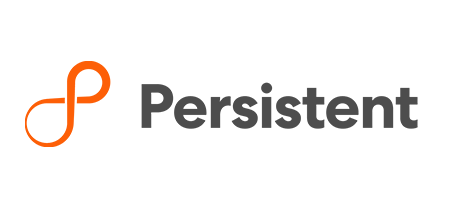
Why did they win?
When founder and Chairman Anand Desphande handed the CEO reigns over the first time, his goal was to move past the "S” curve and take the company to the next level. While that first attempt at finding a successor did not work out as planned, he learned those lessons when he appointed former Harman executive and HCL veteran, Sandeep Kalra. Prior to Kalra’s arrival, Persistent had been stagnant in growth at $500 million in revenue, but under Sandeep’s leadership, the company grew and crossed the $1 billion mark in 2023. Over the past three years, Persistent has transformed from a specialized technology provider into a trusted digital transformation partner and global brand competing against the Tier 1 global system integrators.
RUNNERS UP: COGNIZANT
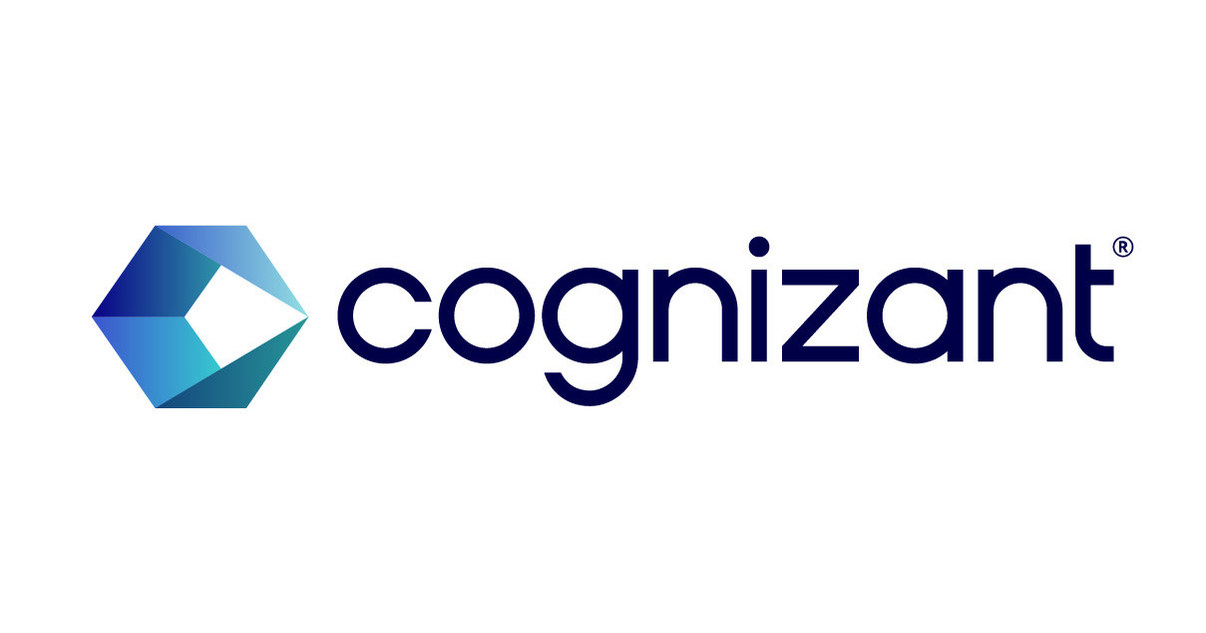
Why were they recognized?
Before Ravi Kumar S took the CEO role, Cognizant was seen as a has been. The previous CEO had decimated the culture, the talent flight scared clients, and the losses kept piling up. Clients felt the company lacked the innovation and capability to provide the smartest talent. The arrival of a new CEO has transformed the perception of Cognizant as a company that had lost its way to a company in the midst of a turnaround. Recent top hires from competitors and the stabilization of revenues have shown promise, breathing new life at Cognizant.
RUNNERS UP: ACCENTURE

Why were they recognized?
In 2023, Accenture defied the odds, achieving its 13th consecutive year of growth. In a challenging economic climate, the company achieved unprecedented growth to top expectations. Accenture’s record-breaking new bookings of $64.1 billion were an impressive 8% increase over the previous year, with 106 clients generating revenue that exceeded $100 million each per quarter. This remarkable performance wasn't limited to top-line growth. Accenture also saw continued bookings growth over 2022 and robust cash flow generation, solidifying their position as a leader in the industry.
BEST ENTERPRISE SOFTWARE STARTUP
This category recognizes when an enterprise software startup achieves escape velocity in mind share and relevance.
WINNER: HUGGING FACE
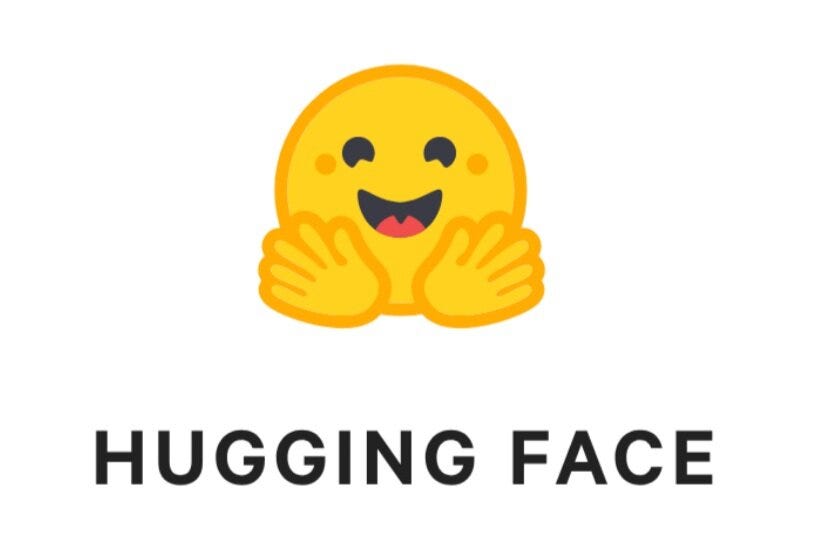
Why did they win?
Founded in 2016 by Clément Delangue, Julien Chaumond, and Thomas Wolf in New York City, the company transformed from consumer chatbot to a platform and community in machine learning loved by AI innovators. At its core, Hugging Face is a machine learning (ML) and data science platform and community that helps users build, deploy and train models. In August 2023, the company raised $235 million in Series D funding at a $4.5 billion valuation with Salesforce, Google, Amazon, Nvidia, AMD, Intel, IBM, and Qualcomm in the round.
When it comes to model repositories there is no place other than Hugging Face. Almost every company that is in the AI race has partnered with Hugging Face. They have become a one-stop shop for public model repositories, datasets, spaces/playgrounds for AI, and AI community hangout. Its model leaderboard makes or breaks the newer open-source models. Falcon, LLama, and other top-performing models are judged here. Not only that, but custom models can also be submitted for evaluation as well. Hugging Face’s model evaluation methods and metrics are very transparent.
The shift from specific models winning in AI to a model marketplace puts Hugging Face in a pole position for AI by providing the infrastructure to demo, run and deploy artificial intelligence (AI) in live applications. Offering enterprises, a go-to model marketplace is a winning strategy.
RUNNERS UP: OPENAI

Why were they recognized?
OpenAI's 2023 was marked by both groundbreaking achievements and internal leadership drama. Its revolutionary GPT-4 set the standard this year in generative AI with more than 100 million users and defined the category. OpenAI’s cutting-edge research in robotics and reinforcement learning has been further fueled by its Microsoft partnership. However, internal controversies have cast a shadow over OpenAI. Although the company’s commitment to responsible AI development remains a core strength, OpenAI is like the runner that led a race for the duration but stumbled at the end. It’s unclear how OpenAI’s drama has affected the company, but one thing is clear: Enterprises will pay more attention to model choice now.
RUNNERS UP: ANTHROPIC

Why were they recognized?
Anthropic has had a landmark year with sizeable investments from the likes of Google, Salesforce, AWS, Zoom and SK Telecom. Those partnerships have turned the AI safety and research company into a significant rival to headline leaders like OpenAI’s ChatGPT. Anthropic’s Claude has released a 2.0 update that promises even higher levels of accuracy and adaptability. With a focus on safety, trust and reliability, Anthropic is proving to be a viable if not preferred option for enterprises.
RUNNERS UP: COHERE

Why were they recognized?
Cohere has specialized on LLMs from the get-go - and offers an efficient approach to running models. Its breakthrough came in summer of 2023 when Oracle adopted Cohere as the go-to LLM across Oracle Cloud Infrastructure and its SaaS stack. Cohere also saw uptake in Salesforce offerings, and is available via Amazon SageMaker and Google Vertex AI. Cohere is a viable alternative to the omnipresent ChatGPT offering. Its Canadian roots gives privacy minded European CxOs and their enterprises piece of mind.
BEST PARTNERSHIP
This category recognizes the enterprise partnership that delivered the most impact for customers and the market.
WINNER: Nvidia w/ Anyone and Everyone All At Once
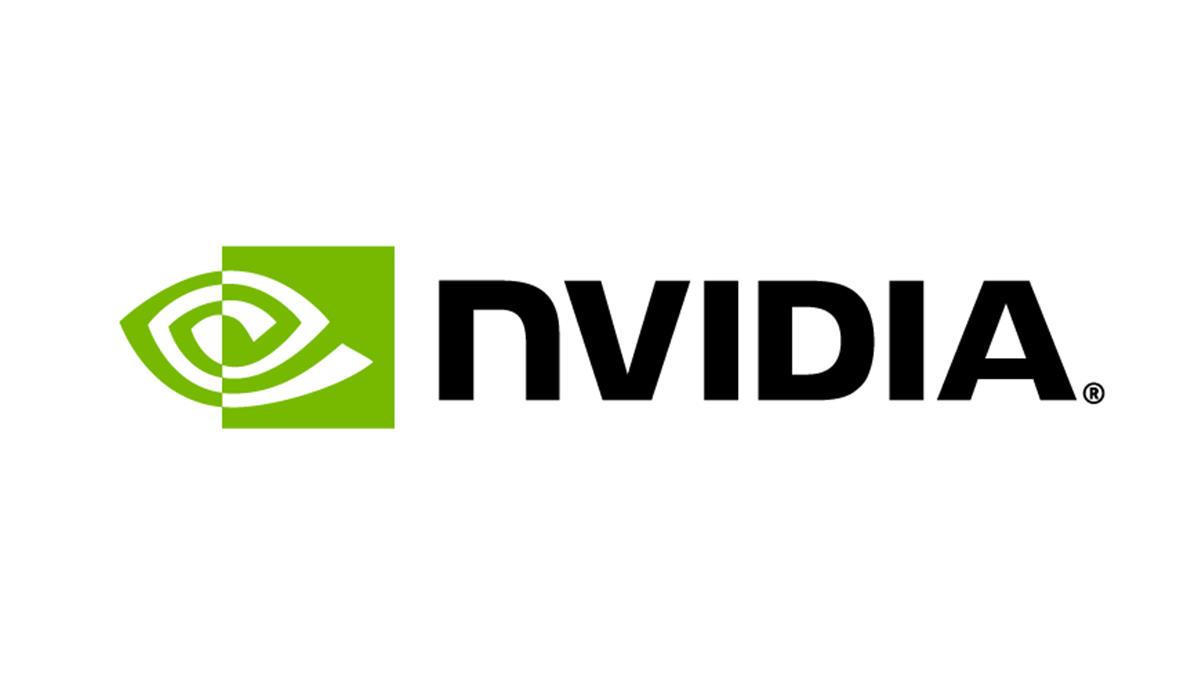
Why did they win?
Can you all guess one AI vendor conference keynote where Jensen Huang was not on stage? There it is. He was everything, everywhere, all at once when it comes to AI.
Nvidia has pretty much partnered with ANYONE that can spell AI. AWS, Microsoft, Google, Hugging Face, Databricks and Snowflake are just a few of the key partnerships. Jensen and his well-traveled leather jacket were on stage at every AI conference--often live and during the same week. Regardless of who wins the AI war, Nvidia will also win. Aside from Nvidia’s big partnerships, the company has done a great job building a broad ecosystem for developers to leverage.
Huang was our runner up as best CEO for a simple reason: He’s a much better partner and ecosystem creator. If you want to win in the arms AI race, you MUST partner with Nvidia.
RUNNERS UP: Oracle / Microsoft
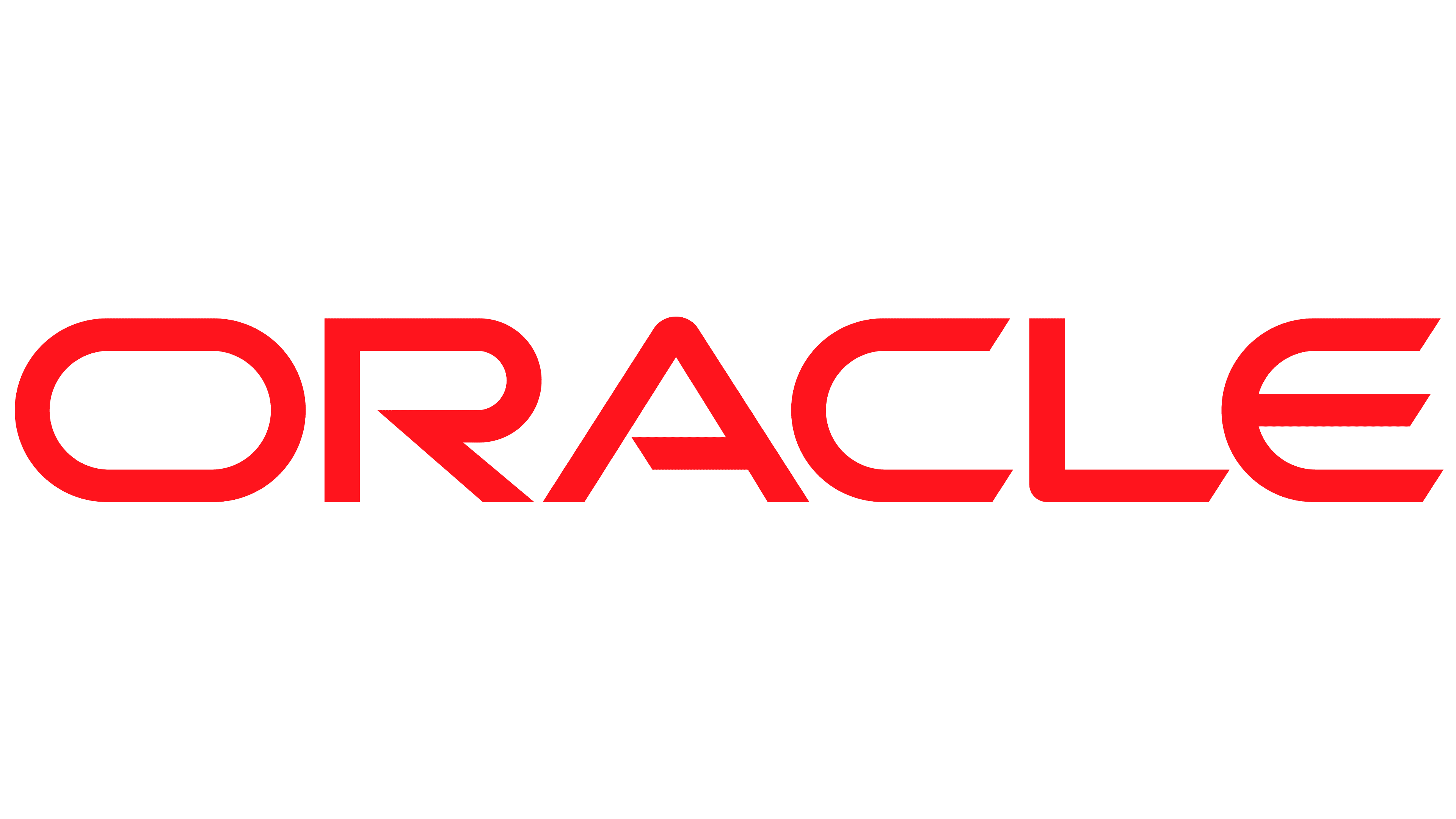

Why were they recognized?
Strange bedfellows, to be sure, but with a list of joint customers who will benefit, this partnership had to make the list. Strategically, the partnership is built on enemy of my enemy logic but it serves joint customers well. The key truth of enterprise software came through again: At the end the customer must win. The two tech giants are on a steady course of collaboration with Oracle chairman and CTO Larry Ellison visiting Redmond for the first time, to announce the new expanded partnership. That Oracle Exadata machines are now physically inside Azure data centers and can be provisioned through the Azure console is a first for the industry. More importantly, Microsoft and Oracle give customers a simpler way to manage multi-cloud workloads.
RUNNERS UP: Microsoft / OpenAI


Why were they recognized?
In 2023, Microsoft and OpenAI forged a landmark partnership that redefined the boundaries of technical collaboration. This multi-year, multi-billion-dollar investment fueled OpenAI's groundbreaking research in areas like NLP, large language models, and reinforcement learning, leading to breakthroughs like the breakthrough GPT-4 language model. This partnership not only accelerated innovation in cutting-edge AI technologies but also established a model for responsible development, prioritizing ethical considerations and fostering transparency. Notably, Microsoft Azure serves as the exclusive cloud provider for all OpenAI workloads, giving Microsoft access to invaluable industry data, market cachet, and insights. With a shared vision for the future of AI, Microsoft and OpenAI's partnership stands as a testament to the power of collaborative innovation, earning them recognition as one of the top technology partnerships of the year.
BEST TECH ACQUISITION
This category recognizes the enterprise tech acquisition that has the most impact for customers, market landscape, and the overall industry direction.
WINNER: ATLASSIAN + LOOM


Why did they win?
With a deal coming in at a reported $975 million, the acquisition of Loom, the asynchronous video-based collaboration tool, by work and collaboration power Atlassian isn’t necessarily the biggest deal out there, but it is a mighty one. In Loom, Atlassian acquires video collaboration with already-robust connections into both Jira and Confluence, a customer base of 200K company customers and 21 million people using Loom as a means to connect, collaborate and communicate. For younger generations of workers, Loom has become their default for video creation across sales, training, marketing, project management and even customer support and service as they choose to “Loom an explainer” to engage.
Loom’s solution allows users to record video and screen sharing on any device with easy-to-use desktop and mobile apps and a speedy Chrome extension. AI powers powerful tools like Automated titles, summaries and chapters, automates tasks and optimizes video with silence and filler word removal at a price point that doesn’t pinch even the largest teams at $4/creator/month. Combine this with Atlassian’s tools that address everything from ITSM and issue tracking to project management and content collaboration, you have a new substrate for work built for the mobile, asynchronous video generation.
In this acquisition, Atlassian picks up stellar tech, a new customer base across which a land and expand sales motion could deliver quick returns, and a lead in a market trying to navigate the future of work for more future generations.
RUNNERS UP: Cisco + Splunk
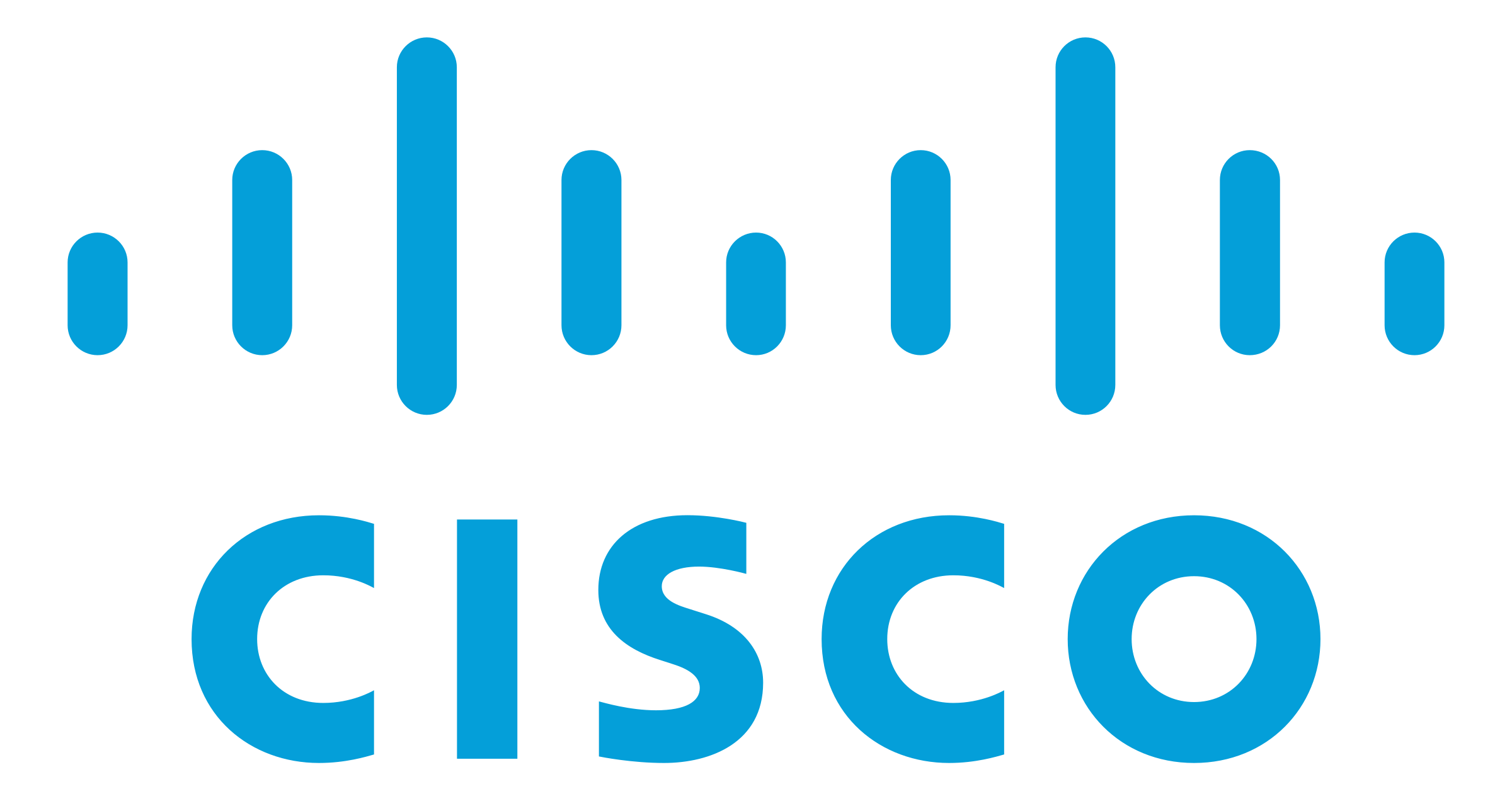

Why were they recognized?
In a bold move that stands to redefine the landscape of security and observability, Cisco's acquisition of Splunk marks a key moment for both companies and the industry at large. By uniting Splunk's robust data platform with Cisco's comprehensive Secure Networks portfolio, this strategic partnership empowers organizations to leapfrog from reactive threat detection and response to proactive threat prediction and prevention. This integration unlocks a wealth of benefits for Cisco, including enhanced security through Splunk's data-driven approach to threat analysis across the entire IT infrastructure. Additionally, the combined solution offers industry-leading observability capabilities to provide deep insights into application performance and network health.
This union not only strengthens Cisco's financial position by bolstering its annualized recurring revenue stream with Splunk's $4 billion contribution, but it also catapults Cisco to the forefront of the security and observability market. Furthermore, the combined expertise of both companies paves the way for groundbreaking advancements in AI-driven security and observability solutions, laying the groundwork for a more secure and resilient digital future. Ultimately, the Cisco Splunk acquisition represents a transformative moment that is likely to deliver significant advantages for customers, partners, and the industry as a whole.
RUNNERS UP: Salesforce + Airkit

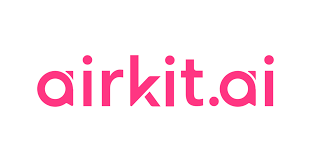
Why were they recognized?
It would be hard to argue that 2023 was the year of AI. Salesforce’s pickup of Airkit is certainly a step into a world where AI is everywhere. Completed in October 2023 for an undisclosed amount, the deal looks like a Service Cloud tuck-in purchase for rapid development of AI powered service bots/agents. But in reality, Salesforce picked up a low code/no code AI bot builder that can be used ANYWHERE across the “Customer360” clouds. The deal quickly ups Salesforce’s game in how to actually deploy and see quick benefits from AI deployments.
WORST TECH ACQUISITION
This category recognizes the enterprise tech acquisition that had the least impact for customers, market landscape, and the overall industry direction.
WINNER: BLACKSTONE ACQUIRES CVENT
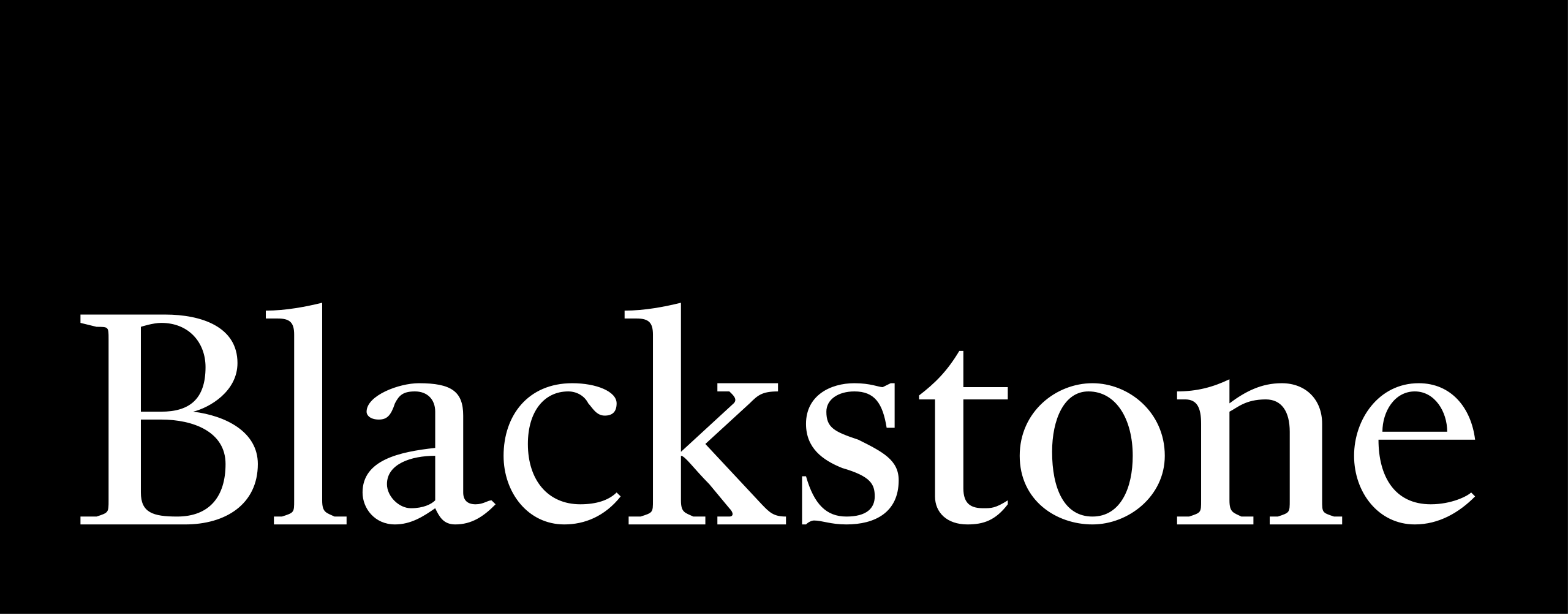
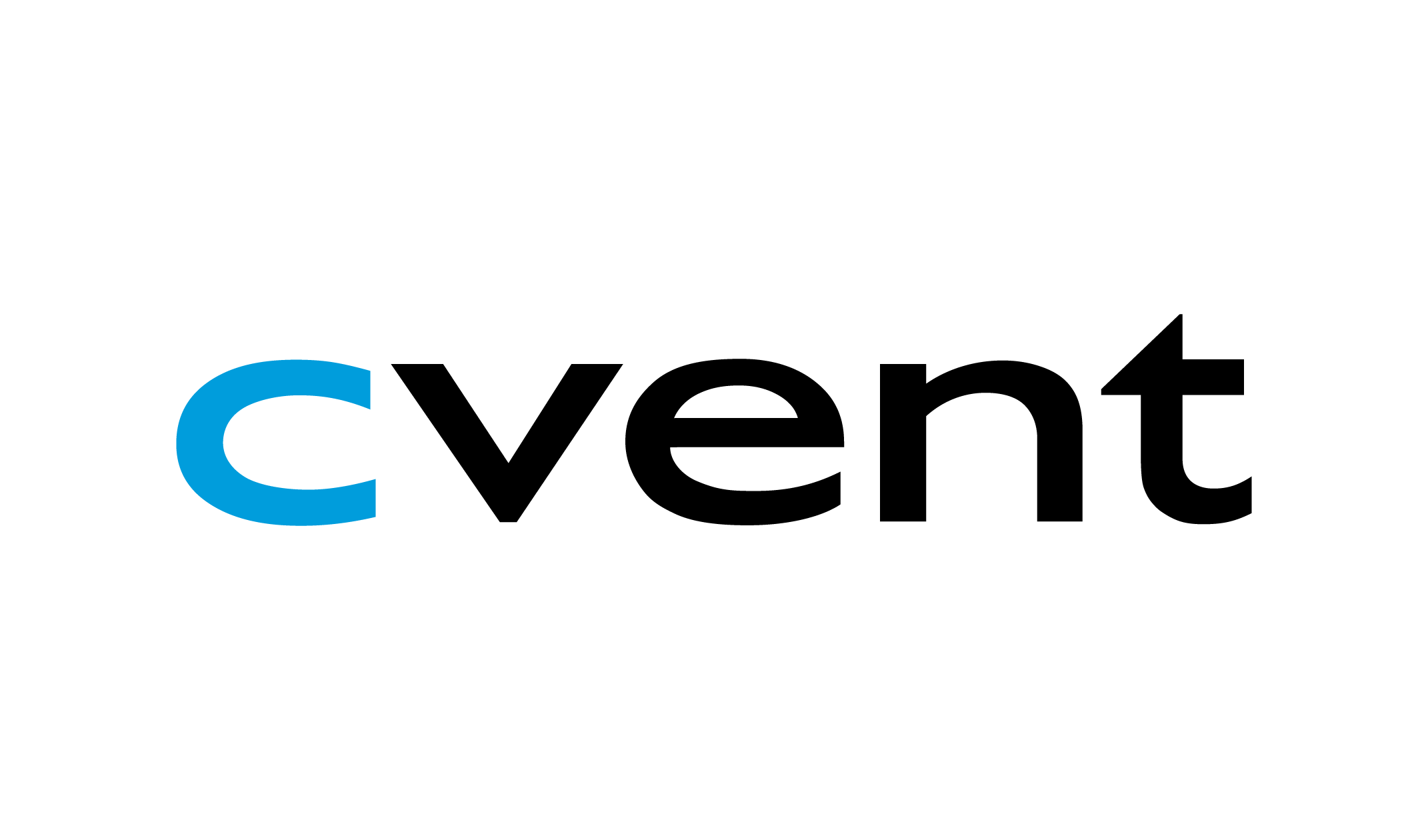
Why did they win?
The acquisition, reported at $4.6 billion is a great deal for Vista Equity Partners who picked up the event management company in 2016 for $1.65 billion. In reality, Cvent has struggled in recent years, failing to be profitable and stacking up debt despite double-digit growth projections in sales. Given that Blackstone went through a span of successfully selling off assets in hospitality and entertainment like Hilton, La Quinta, and Sea World Entertainment, cornering the market with Cvent Hospitality Cloud seems an unlikely strategy. The market reality is that the event space is being forced to evolve, but despite the massive shifts forced by the COVID-19 pandemic, the return to live events has oddly brought back the old traditional muscle memory of event management, leaving many attendees wondering what happened to the momentum of innovation. Constellation Research’s analysts struggled to see where the upside on this investment could lie — in driving Cvent forward as it stands today in the largely commoditized and stagnant event management space (even Hopin sold its event business to Ring Central) or in shifting Cvent into a supporting role in another space. For this acquisition to succeed in the long term, Blackstone will need to catalyze disruption in Cvent’s event malaise even if it means rethinking its portfolio.
RUNNERS UP: CISCO/SPLUNK


Why were they recognized?
While the Cisco Splunk merger offers potential benefits, genuine concerns regarding its success linger. Firstly, the $28 billion price tag raises questions about potential overvaluation, especially considering Splunk's long-stagnant stock price and Cisco's history of unsuccessful acquisitions. Secondly, integrating two large, complex companies with quite different cultures and technologies will be a challenging feat, potentially leading to integration delays, employee turnover, and cultural clashes. Additionally, concerns remain regarding potential antitrust scrutiny, as the combined entity could hold significant market power in the security and observability space, potentially stifling competition and innovation. Furthermore, the merger is likely to distract Cisco from its core networking business, potentially hindering its focus and agility in a rapidly evolving market. Finally, the integration of Splunk's subscription-based model with Cisco's traditional hardware-centric approach may require significant adjustments to both companies' business models, posing potential financial and operational risks. Given these factors, the long-term success of the Cisco Splunk merger remains uncertain, and close observation of its development and execution is necessary to assess its true impact.
RUNNERS UP: OpenText / Microfocus


Why were they recognized?
From the start, the $9 billion dollars (all cash at that) OpenText’s pick up of Microfocus seemed more about picking up a customer base and widening a TAM than about the technology. This reality seemed at least partially confirmed when OpenText announced the divestiture of its Application Modernization and Connectivity business. While CEO Mark Barrenechea noted there is no intention to divest any other Microfocus units, there are questions as to what OpenText DOES intend to do given the company’s newly stated focus on cloud and AI businesses.
BEST NEW IPO
This category recognizes the most successful IPO for the year
WINNER: ARM

Why did they win?
The largest IPO of 2023 was the end of a long tug of war between owner Softbank and the UK government, that wanted UK based ARM to be listed on the FTSE. In the end, great access to capital in the US won and Softbank benefitted from the US listing on NASDAQ. ARM also needed access to capital markets to expand its offering of its low energy consuming chips. Notably it has entered the hot AI chip market and needs capital to aggressively invest here. After an initial dip the ARM stock is up roughly 20% over the IPO prices.
BEST NEW ENTERPRISE CATEGORY
This category recognizes the best new enterprise category that made an impact to the market.
WINNER: QUANTUM AS A SERVICE
Why did they win?
If it weren’t for generative AI, 2023 would have been the year of quantum technology. For the first time, quantum computing is showing real commercial value to enterprises and handling workloads. One of the key leaders in the space, IBM, has delivered on its promise of making both the Condor and Heron chipsets available. AWS unveiled a flip error reduction chip at its re:Invent conference at end of November and outlined its latest plans for Braket. What was long expected before - that quantum technology will be the first technology that that enterprises will not deploy on premises, but consume through the cloud - has proven true. Effectively all working quantum vendors offer quantum computing ‘as-a-Service’ - making the new technology available on a pay-as-you-go basis. Rapid technology innovation, uncertain workload demand and high proprietary knowledge to operate quantum systems make cloud the right approach. There is a veritable conventional compute infrastructure, that prepares data, digests data and stores results of quantum processing. The result is a new software category, Quantum-as-a -Service (QaaS). QaaS is a combination of convention cloud compute, storage and networking services designed to optimize the utlization of a quantum platform via the cloud. QaaS also includes software and observability services available in a serverless architecure. And finally QaaS also means enterprises only pay for quantum when they use it.
RUNNERS UP: Model Marketplaces
Why were they recognized?
AI marketplaces work like an app store where customers can easily buy and sell their own data science models, algorithms, and custom AI models from other places. These marketplaces go beyond open-source communities and AI libraries. A trusted and secure marketplace is essential for the advancement of AI at scale across industries, market segments, and business models.
RUNNERS UP: NexGen Copilots
Why were they recognized?
AI copilots, a novel breed within the Generative AI wave, have rapidly emerged on the scene in 2023 as a transformative aid in employee experience. These intelligent concierges, leveraging natural language processing and advanced machine learning, and backed by deeply powerful large language models, act as personalized digital companions, automating repetitive tasks, providing contextual information, and assisting with decision-making.
Microsoft's new Copilot, a prime example, is now positioned prominently across their product suite and integrates seamlessly into various productivity and line of business applications, boosting productivity and streamlining workflows. Companies across industries are recognizing the potential of AI copilots, investing heavily in their development and integration into their employee environments. This large wave in product development, their prominent positioning within digital tools, and growing adoption signifies that AI copilots are not just a fleeting trend, but rather a fundamental shift in the way we work, paving the way for a more efficient, productive, and fulfilling employee experience.
BEST NEW ENTERPRISE SOFTWARE MARKETING OF THE YEAR
This category showcases the best marketing campaign, ad, or perception transformation in the enterprise.
WINNER: GOOGLE CLOUD

Why did they win?
Google has been battling giants (or at least giant headlines) all year. From the cloud wars with AWS and Azure to the AI race against OpenAI and upstarts like Hugging Face and Anthropic, Google had no choice but to supercharge its marketing machine to strike on multiple engagement fronts. First, from a content perspective, from thought leadership to sales collateral, Google Cloud has focused on the core messages and differentiators that have meaning to their IT and AI-focused customers. The “Out with the Old, In With the New” message wasn’t just about cloud or even infrastructure, but also about cost and reliability especially in the new age of AI. Second, a focused event-based strategy, including its marquee event, Google Cloud Next, delivered fresh experiences in an otherwise stale event slate. Few will forget the laugh-inducing keynote nee musical, “Legacyland”, where singers wondered aloud if we could outrun entropy or avoid paying bills known as technical debt. Finally, Google Cloud has masterfully rounded out its end-to-end marketing strategy with advertising placements that have been subtle to sublime — the Las Vegas Sphere takeover with a massive Google Cloud message lumbering over Las Vegas during AWS was covered on media around the globe resulting in both earned and owned impressions galore. Google Cloud CEO, Thomas Kurian, knows how to win in this market, delivering profitable quarters across 2023…but this award has to tip the hat to Google and Google Cloud marketing leaders like Lorraine Twohill, Alison Wagonfeld and Sarah Kennedy Ellis for a consistent demand drum beat and exceptional messaging and storytelling across the year.
RUNNERS UP: Atlassian

Why were they recognized?
From their “Impossible Alone” campaign to the ‘Dreamkeeper’ microsite as well as their new line of dev music, the developer firm kept it very fresh and on-brand in 2023 with their new (and supposedly ‘first-ever’) brand-centric marketing approach in 2023.
RUNNERS UP: ADOBE

Why were they recognized?
Adobe’s mantra in 2023 could have been to drink its own champagne, turning to its own solutions to power marketing and engagement. From leveraging personalization at scale with Adobe Experience Manager (AEM) personalizing web content, email engagements and ads to reflect most recently opened Adobe applications, to unleashing creativity by using Adobe Firefly to create images, vectors and video shown on massive screens across massive events, Adobe let people see the products by using the products. It could be argued that the strategy took an even more dramatic step as Adobe introduced a number of free tools and solutions delivering real creative firepower into any set of hands that wanted to create with the introduction of Adobe Express and a free tier to Adobe Firefly for generative AI content creation.
BEST NEW ENTERPRISE SOFTWARE AD CAMPAIGN
This category showcases the best ad campaign in the enterprise.
WINNER: WORKDAY "Rockstar"
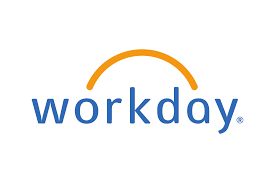
Why did they win?
Workday took on workplace-bro culture with the Super Bowl 2023 kickoff of its Rockstar Campaign, With REAL rock starts including Ozzy Osbourne, Joan Jett, Billy Idol and others pointing out that closing a deal, making a quarterly profit goal, or even beating the champion ad campaign does not make you a “ROCK STAR” - So stop calling each other Rock Stars.
RUNNERS UP: IBM WatsonX

Why were they recognized?
IBM’s WatsonX ad campaign takes a little swipe at generative AI in the wild insinuating that while people dream of using AI to create steampunk hats, sending cats to space and generating postmodern artistic avatars, WatsonX is about what AI can do for your business. It may be a quick shot, but an effective one that quickly turns to outline all the ways IBM’s AI studio in WatsonX can accelerate the trusted, enterprise ready deployment of AI tools and workflows and the data needed to train these increasingly critical models. While some might point out that the idea of IBM Watson and AI are hardly new and there are questions around what makes this time at the AI dance different for IBM and Watson, it is hard to resist leaning in to hear the specific use cases IBM has already deployed and the realities of trusting the results of models using untrustworthy data.
RUNNERS UP: Smartsheet Peak Human

Why were they recognized?
Smartsheet's "Operate at Peak Human" campaign ignited recognition of the human spirit and high performance with its innovative approach to work management. Launched in 2023, The campaign is supported by real-world data and research demonstrating the positive impact of Smartsheet on productivity, efficiency, and innovation. This helped lead to bookings of over $700 million, over four million total users, and a tsunami of awards, including Most Innovative Company, Happiest Employees, and Best CEO recognition, showcasing how Smartsheet's platform empowers individuals and teams to maximize efficiency, automate tasks, gain insights, and unleash creativity, ultimately setting the highest industry standard for work management and human potential.
BEST LIVE-EVENT
This category showcases the team that adapted and succeeded in their high-touch in-person event to a full on virtual event experience.
WINNER: AWS re:Invent 2023
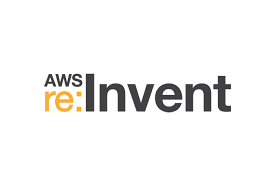
Why did they win?
AWS has taken over as the biggest event in enterprise tech, though with a decidedly more developer-focused slant than the Dreamforces and Oracle Open Worlds of pre-pandemic times. It also marks the ascendance of Las Vegas and decline of San Francisco as the epicenter of enterprise tech events. With 60,000+ attendees on hand in person and broad cross section of vendors exhibiting, it’s the closing show of the year and puts AWS in a position to set the agenda for the year ahead.
RUNNERS UP: Databricks Data + AI
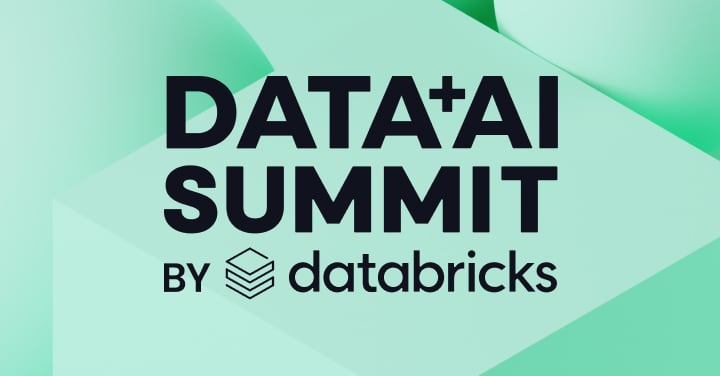
Why were they recognized?
Databricks brought real customers, like JPMorgan Chase, JetBlue Airways and Rivian, demonstrating real AI in production to its big, exciting and hugely successful Data + AI event.
RUNNERS UP: AdobeMax

Why were they recognized?
Adobe MAX is always a high energy, rambunctious festival of creativity, but this year it was stepped up with demonstrations powered by AI and Adobe’s Firefly models that were truly inspiring. Fun with demos that were engaging and never overly and unnecessarily somber or serious, Adobe MAX is a celebration that never disappoints.
RUNNERS UP: Google Cloud NEXT
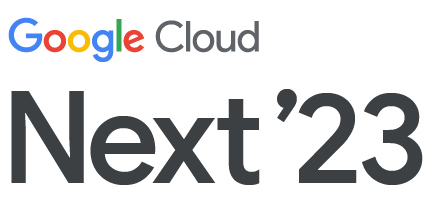
Why were they recognized?
They win for best organized, well-run, and laid out major tech event, making good strategic use of Moscone Center with bonus points for the excellent and well-placed analyst lounge for serendipitous meetings.
BIGGEST TECH FLOP OF THE YEAR
This category simultaneously recognizes the highest potential and largest failure in enterprise tech.
WINNER: The Slow and Painful Death of Legacy Social Media
Why did they win?
How many Threads did you scroll through tonight? Get lost in the quagmire of TikTok because you accidentally clicked a video you THOUGHT was going to have a cute puppy only to be sacrificed to the algorithm that now only serves things you can’t unsee? Lost your voice from screaming at X as you lament the death of Twitter? That’s OK…you aren’t alone.
From the failed promise of Instagram Threads replacing the disaster known as X to the near constant appearance of Social Network CEOs in government hearings and lawsuit court dates, 2023 lay bare all the bumps, bruises and warts that now cover once dominant social media platforms. Take Facebook’s bet with Instagram Threads. Debuted in July and posting an impressive start with some 30 million signups within the first 24 hours of launch, and a reported 100 million monthly users currently, Threads failed to truly dominate over X, seemingly because of poor planning rather than a lack of interest in quick to post text-dominant updates. Despite a summer launch, Threads is only now nearly ready to launch in Europe. A recent update has made Threads accessible in any language, again, months after its debut. And, only until recently, users were forced to delete both Threads AND Instagram, unable to sever the two from one another.
The problem with Threads isn’t entirely Instagram or Facebook’s fault as users have been trying to simply transition their Twitter experience to Threads in an effort to abandon the sinking ship of X. Users have been venting their frustrations as Threads continues to be dominated by the same influencers and celebrity seekers that dominate Instagram itself. For those looking for news, journalists accounts or business influencers, Threads has left most lacking. Rather than lean into this gap in the market Instagram and Facebook seem determined to alienate these markets further by publicly stating they wouldn’t be making the same “mistakes” it made in the early 2010s by quickly promoting journalists and news accounts. So much for that audience warm welcome!
But advertising dollars will ultimately determine the total life expectancy of social…and the outlook is murky as spend is down (drastically in the case of X) and users are skewing older leaving the coveted younger demographic up for grabs as they bounce around newer solutions in search of a community to call home.
RUNNERS UP: OpenAI Board Soap Opera

Why were they recognized?
The OpenAI pre-Thanksgiving CEO Musical Chairs fiasco goes down as a leading example of corp governance run amok that left customers and partners wondering if any adults were left to steer the fast-moving ship. In what one analyst called “poorly written Game of Thrones fan fiction,” the OpenAI board assumed it had too much power and rushed into actions taken in a vacuum. It has been the classic example of who is present to monitor the observers. Not only was it hastily done, but after the fact, rumors abound about midnight phone calls to rival CEOs with interpersonal spats playing out on social channels. All of this was only prologue to the board publicly begging ousted CEO Sam Altman to return a scant 24 hours after showing him the door in the name of ethics. Had the board decided to stand its ground, this inexperienced gaggle might have shown they had the backbone needed to drive OpenAI into its next phase of growth. Instead, they only proved the best move might be to fire them all. Had it not been so ridiculous, it could be a lesson in board and oversight dynamics laced with a best practice reminder that corporate boards are not clubs for friends and family. To be successful, you need seasoned leaders and advisors--not the case of Days of Our Lives with plot twists so insane you are only left thinking that it would be impossible to make any of this stuff up!








